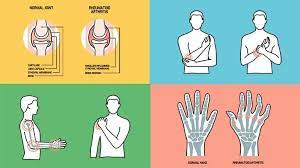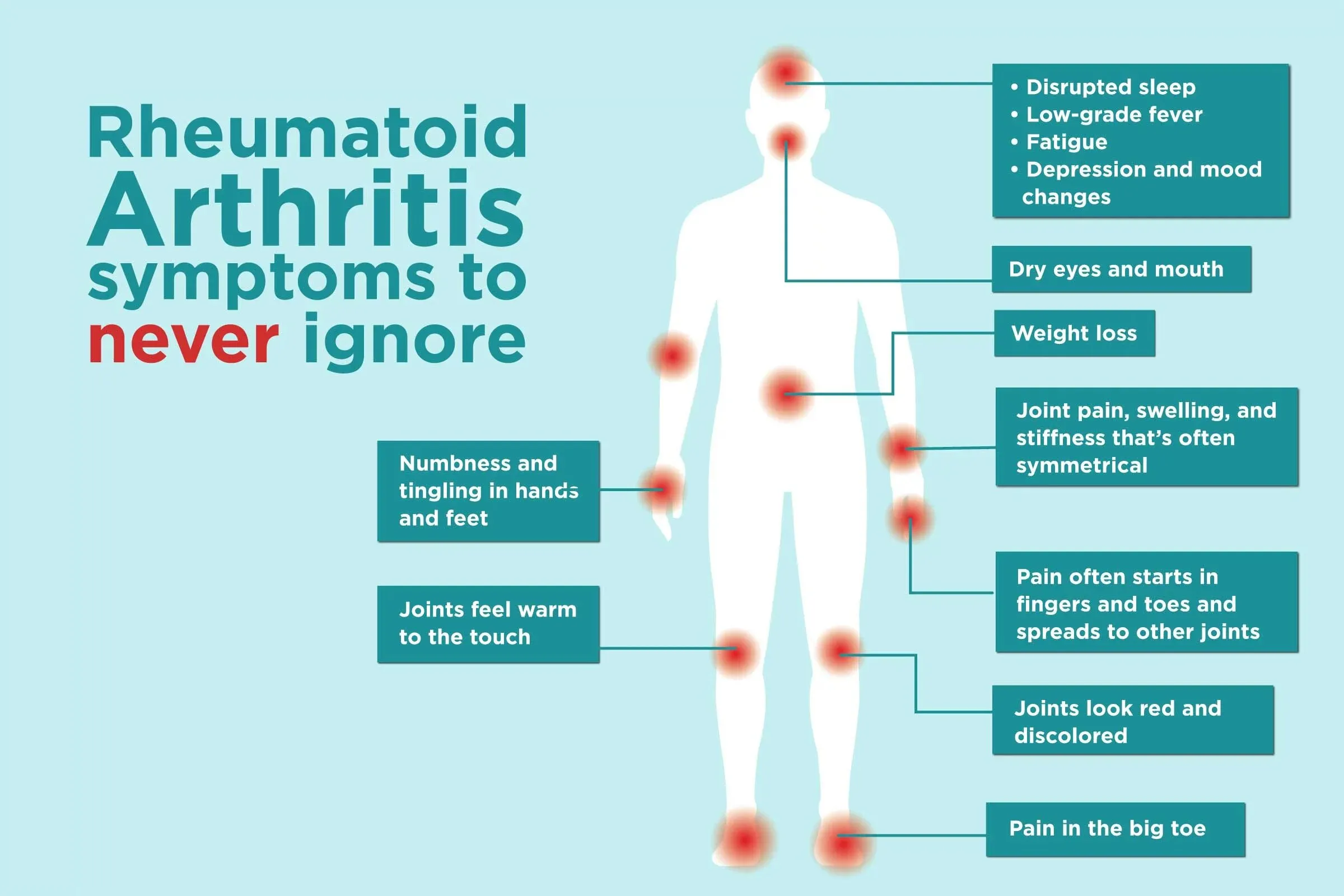Premature ejaculation is a common sexual dysfunction that affects many men at some point in their lives. It is characterized by the inability to control or delay ejaculation during sexual activity, leading to an unsatisfactory sexual experience for both the individual and their partner. Premature ejaculation can be caused by a range of factors, including psychological and physical factors.
Psychological factors that can contribute to premature ejaculation include anxiety, stress, depression, and relationship problems. These factors can lead to a decrease in sexual desire, as well as difficulties with sexual performance. For example, anxiety about sexual performance can lead to a man avoiding sexual activity or experiencing difficulty controlling ejaculation, which can make it more difficult to enjoy sexual experiences.
Physical factors that can contribute to premature ejaculation include hormonal imbalances, inflammation or infection of the prostate gland, and nerve damage. Certain medications, such as antidepressants or blood pressure medications, can also cause premature ejaculation as a side effect. In some cases, premature ejaculation may also be a symptom of an underlying medical condition, such as diabetes or multiple sclerosis.
The symptoms of premature ejaculation can vary from person to person. Some men may experience premature ejaculation every time they engage in sexual activity, while others may only experience it occasionally. Premature ejaculation is typically defined as ejaculation that occurs within one minute of penetration.
Treatment for premature ejaculation will depend on the underlying cause of the condition. In some cases, psychotherapy or counseling may be recommended to address psychological factors that may be contributing to the problem. In other cases, medication or topical creams may be recommended to delay ejaculation and improve sexual performance.
In addition, certain behavioral techniques may be recommended to help manage premature ejaculation, such as the start-stop method or the squeeze technique. These techniques involve interrupting sexual activity when ejaculation is imminent and using various techniques to delay ejaculation and prolong sexual activity.
Premature ejaculation is a common sexual dysfunction that can be caused by a range of psychological and physical factors. Treatment options may include psychotherapy, medication, topical creams, or behavioral techniques, depending on the underlying cause of the condition.









